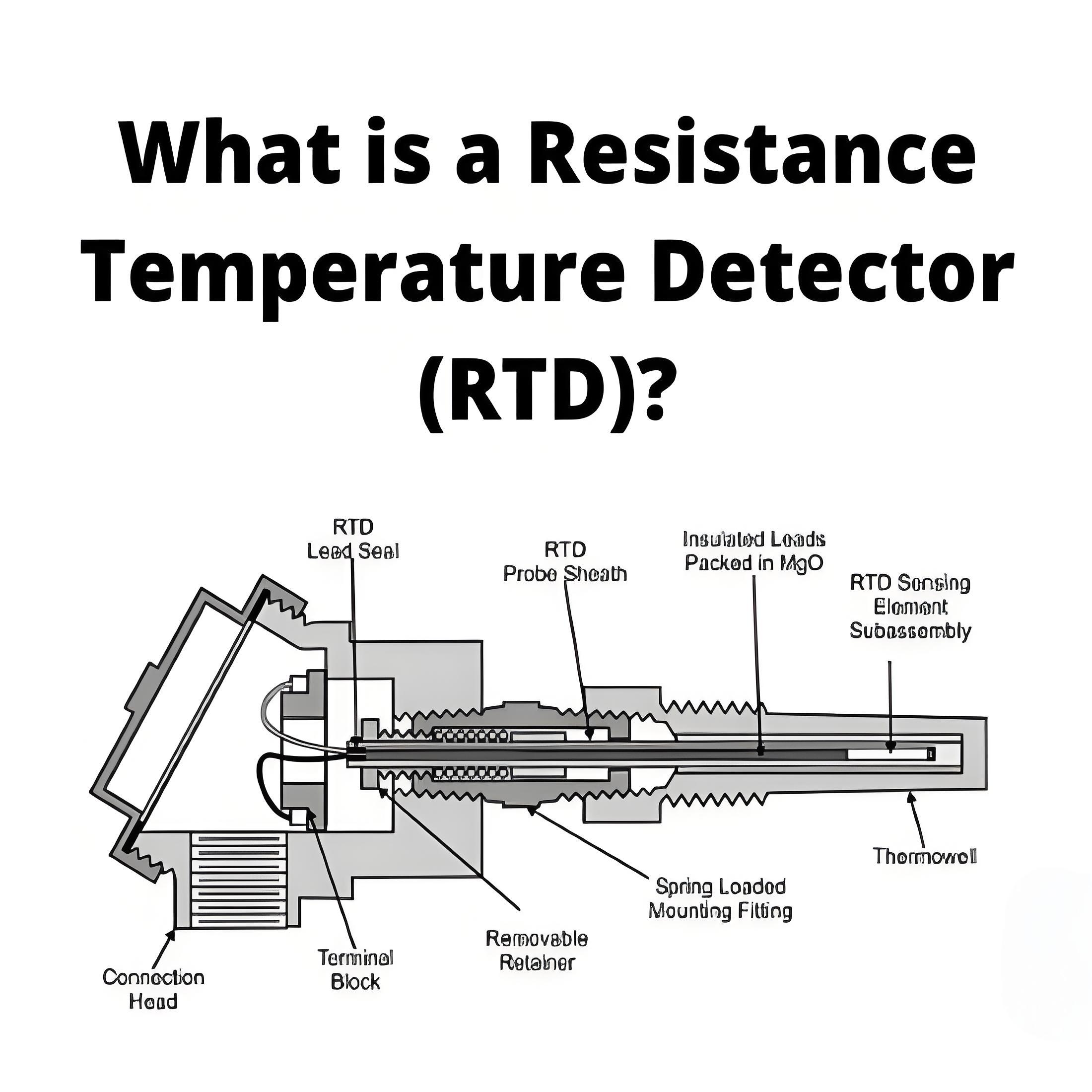What is a Static Bypass Circuit?
What is a Static Bypass Circuit?
Static bypass definition
Static bypass is an important part of the UPS system. Its main function is to switch the load from the UPS output path to the path directly powered by the mains when the UPS system fails or needs to be maintained.
Working principle
A static bypass typically consists of a set of bidirectional Thyristors that can be turned on or off quickly in milliseconds, allowing for seamless switching between the load and the UPS output. In normal working mode, the load is powered by the UPS inverter. When the UPS system is faulty or needs maintenance, the static bypass automatically or manually switches the load from the inverter to the mains supply path.
Advantage
Fast switching: Static bypasses can be switched in a very short time, usually within milliseconds, ensuring that the load does not experience any power outages.
Sparkless switching: Due to the use of thyristor switches, the switching process of static bypass does not generate sparks, improving the safety of the system.
Low maintenance requirements: Static bypasses typically have no moving parts and therefore require less maintenance.
Flexibility: Static bypass can be triggered manually or automatically, providing flexible switching options.
Reliability: Static bypass improves the overall reliability of the UPS system, ensuring that the load can continue to run when the UPS is faulty or maintained.
Apply
Data center
Medical facility
Industrial application
Business environment
Sum up
Static bypass is an important part of UPS system, it can quickly switch the load to the mains power supply when the UPS fails, to ensure the continuous power supply of the load. Static bypass has the features of fast switching, high reliability, intelligent control, and good compatibility, and is widely used in data centers, industrial automation, medical equipment, and communication equipment.
The Electricity Encyclopedia is dedicated to accelerating the dissemination and application of electricity knowledge and adding impetus to the development and innovation of the electricity industry.













